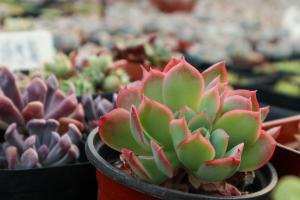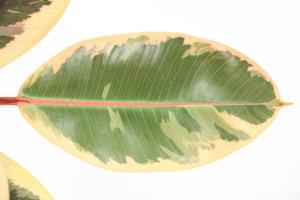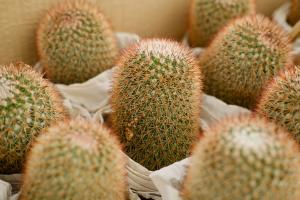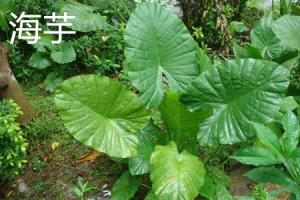Should Tomato Plants be Covered on Cold Nights?
Tomatoes are a warm-season crop, and they prefer temperatures between 65 to 85 degrees Fahrenheit to grow and produce fruit. However, when the temperature drops below 50 degrees Fahrenheit, it can stress tomato plants and affect their growth and production. So, should tomato plants be covered on cold nights?
Pros of Covering Tomato Plants on Cold Nights
Covering tomato plants on cold nights can provide them with extra protection from frost. Frost can cause damage to the leaves, stems, and fruit of tomato plants, making them more susceptible to diseases and pests. By covering tomato plants with blankets, tarps, or frost cloth, you can prevent frost from settling on them and keep them warm.
Covering tomato plants can also help retain warmth and moisture around them. The cover traps heat radiating from the soil and the plants, creating a mini-greenhouse effect. This can keep the soil temperature warmer and prevent the plant from going into shock from sudden temperature changes.
Cons of Covering Tomato Plants on Cold Nights
While covering tomato plants on cold nights can provide some benefits, it is not always recommended. Covering tomato plants can also trap excess moisture inside, leading to diseases like fungal infections, mold, and rot. It can also restrict air circulation, which can cause the plant to become stressed and weaken over time.
Another potential downside of covering tomato plants on cold nights is pest infestation. Covering plants can create a cozy environment for pests like slugs, snails, and aphids, which can cause significant damage to the plant.
Alternative Methods for Protecting Tomato Plants on Cold Nights
There are alternative methods you can use to protect your tomato plants on cold nights. One is to water your plants thoroughly a day or two before a freeze. Moist soil retains heat better than dry soil, so watering your plants can help keep them warm.
Another method is to use mulch to insulate the soil around your plants. Mulch can help retain warmth and moisture, which can keep the soil temperature warmer and prevent the plant from going into shock from sudden temperature changes.
You can also plant your tomato plants in raised beds or containers, which can help regulate soil temperature during cold nights. These methods can also allow you to easily cover your plants using blankets or tarps without trapping excess moisture or pests.
Conclusion
Should tomato plants be covered on cold nights? The answer is not clear-cut, as there are pros and cons to covering tomato plants. While it can provide extra protection to your plants from frost, it can also create an environment that favors pest infestation and disease development. However, alternative methods like watering, mulching, and planting in raised beds can also provide protection to your tomato plants without these downsides. Ultimately, the best method to protect your tomato plants will depend on your personal preference, location, and the severity of the cold temperatures during the night.

 how many times do yo...
how many times do yo... how many planted tre...
how many planted tre... how many pine trees ...
how many pine trees ... how many pecan trees...
how many pecan trees... how many plants comp...
how many plants comp... how many plants can ...
how many plants can ... how many plants and ...
how many plants and ... how many pepper plan...
how many pepper plan...






























